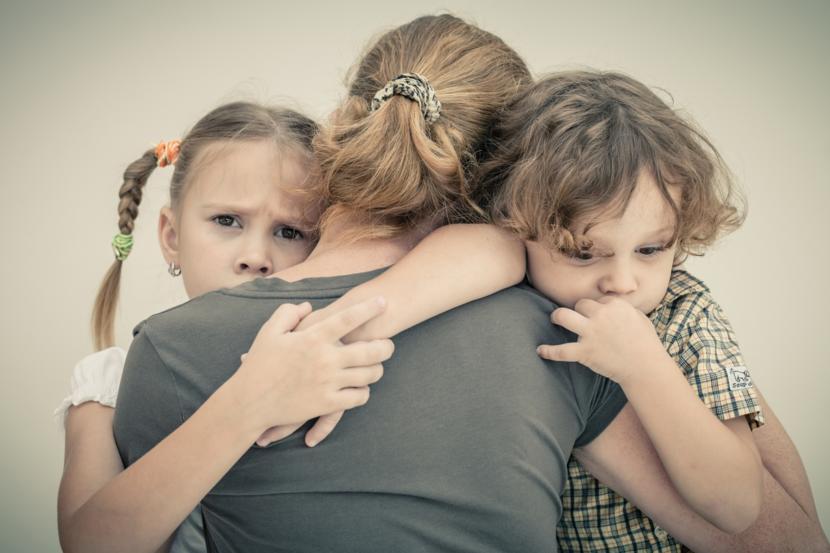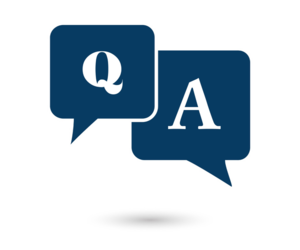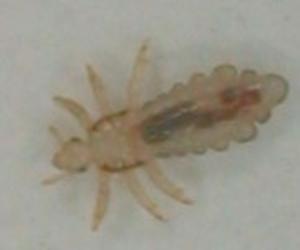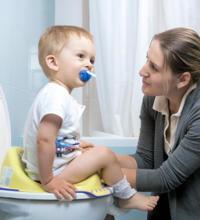Risks of Not Treating Head Lice
Treating Head Lice

Head lice are an innocuous problem. They can really be annoying and need lots of effort to cure, but eventually, those infected will fully recover. It’s estimated that more than twelve million people encounter head lice infestations every year. However, very few experience permanent damage. It’s beneficial to understand what happens when head lice go untreated for a long time.
An infestation triggers severe itching, irritation, and burning of the scalp. If children scratch or dig their scalp, they could end up breaking their skin. Ultimately, the broken skin may become infected and cause more serious conditions. Certain infections affecting the superficial and deep skin layers might require antibiotic treatments.
Complications of Untreated Head Lice
Head lice are associated with several skin infections, including typhus, impetigo, and bacterial infections. Whilst rare, typhus can really be painful and dangerous. Typhus results from the actual bite of the lice and not from scratching. Sometimes, the lice might carry infection, spreading it throughout the human body.
It’s also possible for your hair shafts to become infected. This condition is known as piedra infection and is generally asymptomatic in nature. It’s identifiable by the tough nodules on the infested hair. Recurrence is the commonest complication associated with head lice. If lice aren’t removed from hair, clothing, furniture, and bedding isn’t properly treated, the insects will return. They get spread very fast, and the female lice lay additional eggs within ten days.
Frequent scratching can trigger mild complications like skin infections. For severe cases, the patient’s hair might fall out. Some individuals may develop darkened skin in affected areas over a lengthy period of time. If your child has head lice, don’t panic. They can be terminated using the macadamia nut oil base. Understand the potential consequences of not treating head lice and remove all nits or lice today.
Are Lice Common in Dirty Environments?
Head lice don’t necessarily invade dirty hair. They live in both clean and dirty hair and won’t disappear without treatment. If the first dosage doesn’t kill all the eggs or nits, a follow-up treatment should be administered after ten days in order to destroy the newly hatched nymphs. Itching and scratching may persist for seven to ten days after successful medication.
After treatment, dead nits might remain in the sufferer’s hair until they’re completely removed. It’s always healthy for infected children to stay away from school until they are free from head lice. If your child experiences lasting symptoms or feels uncomfortable after the problem is gone, consult your doctor.
Treatment of Head Lice
Lice can be cured using over-the-counter medication. They often come in the form of creams, gels, or sprays. Your physician can recommend prescription drugs if your head lice are resistant to OTC products.
A detection comb can also be utilized in the removal of lice and nits from the hair. Some people believe that combing alone is sufficient to remove all lice, but this technique should be used carefully since lice are tiny and hard to see with the naked eye. Most OTC medications cause harsh side effects. Many people are switching to natural shampoos to manage their head lice infestation.
Head lice trigger severe itching, scratching, and irritation, particularly at night when they’re most active. Sores might appear if the condition goes untreated for a considerable length of time. Be sure to clean your home, clothing, towels, and beddings in hot water. If there are lice around your home, other people can easily be infected, as lice are highly contagious.
















